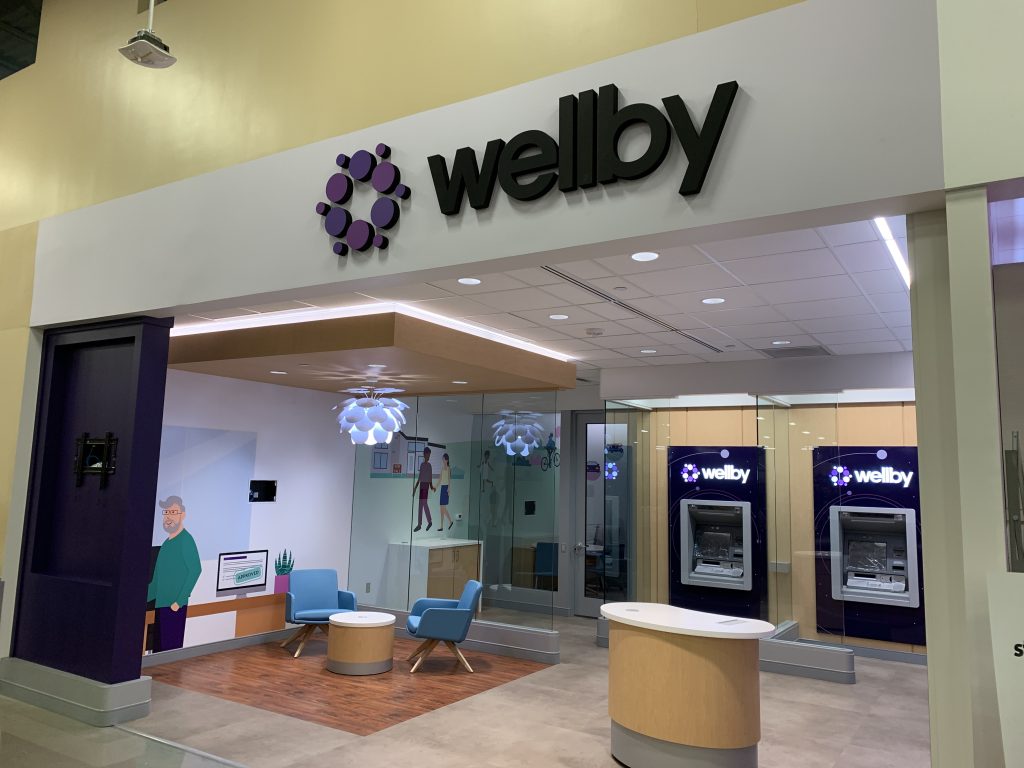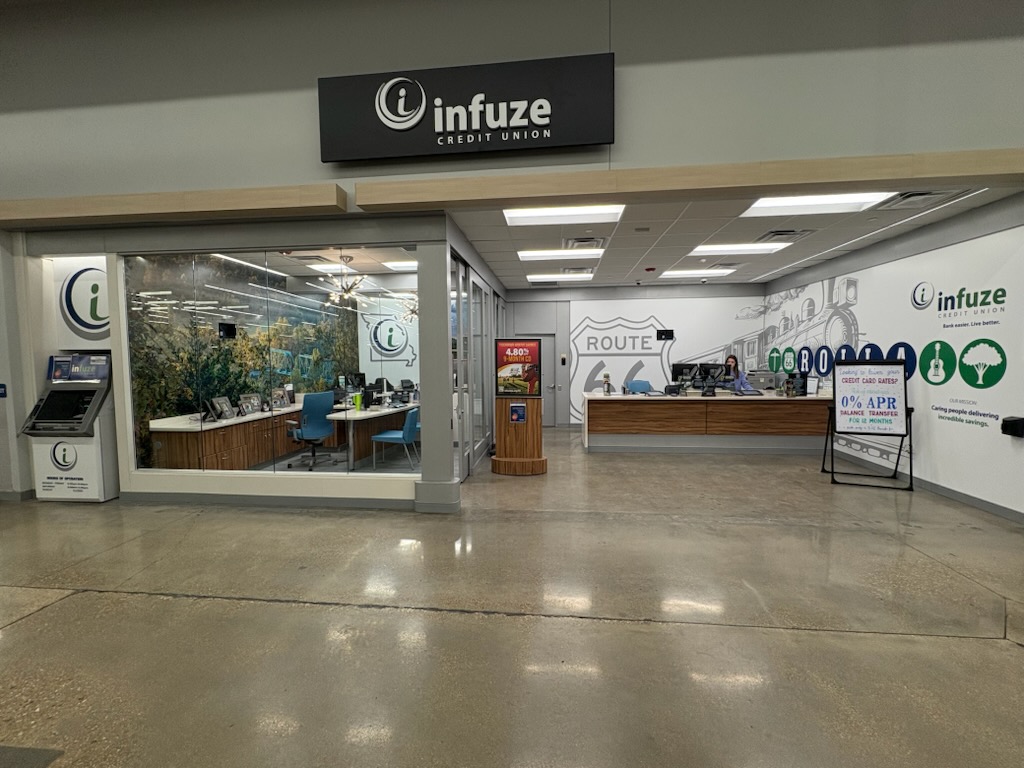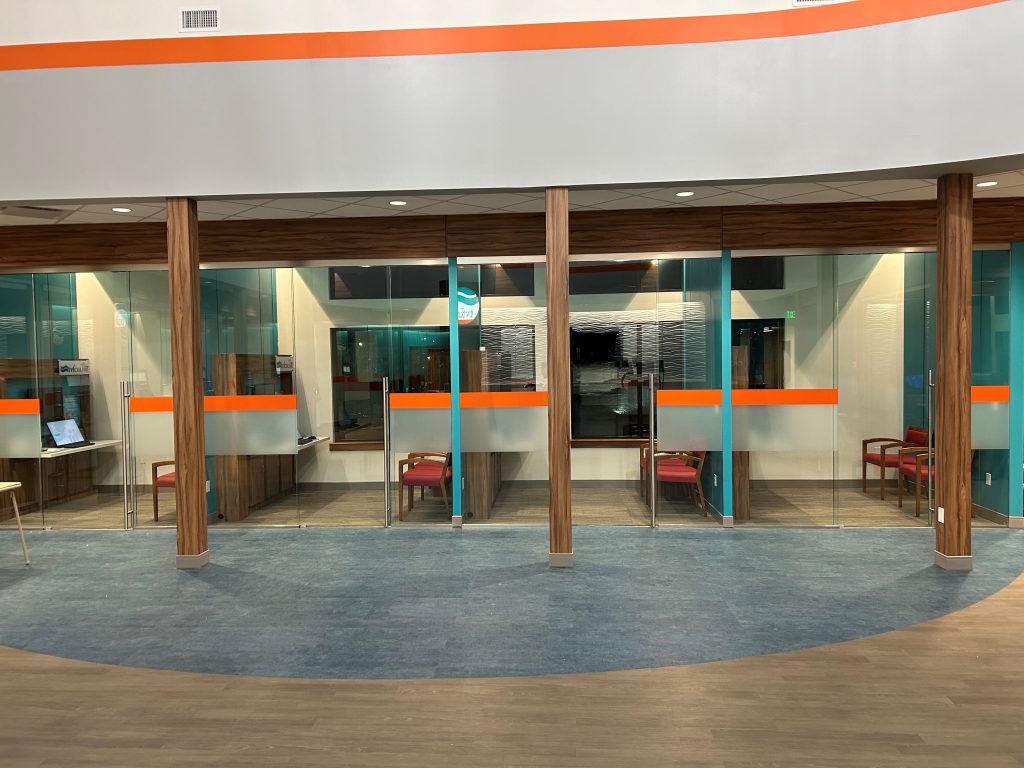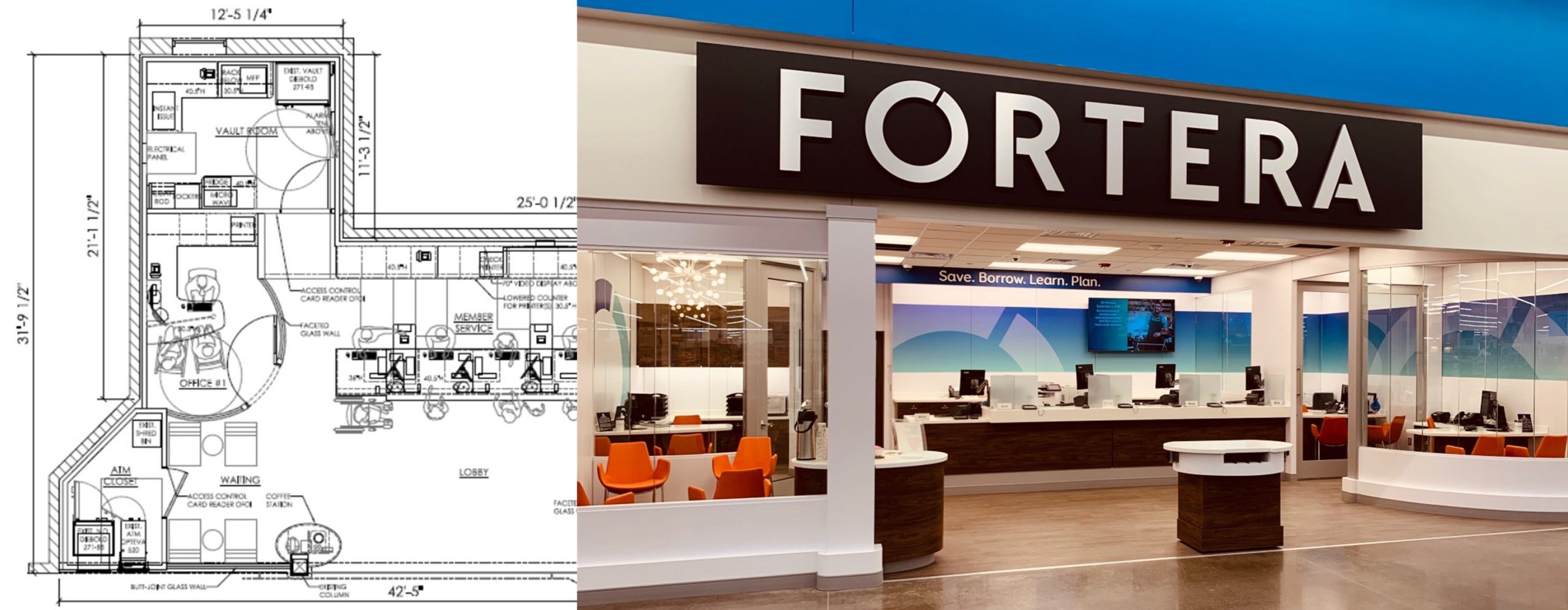Branch Design inspiration can come from anywhere and often does. From the natural curve of two arching tree branches to the intricate shadows cast by late afternoon sun through a lattice, designers are constantly absorbing visual, emotional, and spatial cues from the world around them. A fleeting thought before sleep, a photo glimpsed online, or the way a particular room makes you feel can all trigger the creative spark that shapes an entire project. The beauty of inspiration is that it’s not always conscious; it often arrives unexpectedly, feeding the subconscious reservoir from which great design ideas are drawn. But that spark is just the beginning.

Turning Inspiration Into Design
In the design-build world, we know that inspiration accounts for only about 1% of the process. The remaining 99% is what truly defines a successful project: the hard work of translating that idea into a functioning, feasible, and compelling design. This is where brainstorming, iterations, and detailed problem-solving come into play. We wrestle with codes, budgets, and overlapping client demands. We balance site constraints with aesthetic goals and use every tool at our disposal to fit puzzle pieces into place.
A prime example of this design synthesis can be seen in the way financial institutions, especially credit unions, are rethinking their branch spaces. According to the Credit Union Times, “when considering features in the “branch of the future,” designs are beginning to take cues from experiential retail. For many credit unions, this means remaining focused on the human element, with fewer digital tools inside the branches. In urban markets where branches see higher traffic, ITMs or self-service kiosks may enhance member convenience. But most credit unions are recognizing that members who seek service in branches are best served by the person-to-person interaction.”
This intentional, community‑oriented design demonstrates the power of taking inspiration from everyday life (i.w., coffee shop layouts, community centers, even healthcare models) and translating them into financial environments that feel both accessible and purposeful.

Branch Design Inspiration: Problem Solving
It’s this problem‑solving phase that tests not only technical skill but also a designer’s perseverance. As program requirements stack up, some logical, others emotional or aspirational, our job is to craft a design that serves all those needs without compromising the original inspiration. That might mean modifying an idea that came from nature into something that’s manufacturable and code‑compliant. Or reinterpreting a photo reference so that it aligns with a client’s branding or functional goals.
Ultimately, the challenge is to weave those fragments (i.e., visual notes, emotional reactions, spatial experiences, and community-driven features) into one cohesive design that not only meets the program but excites the client. When a space feels intuitive, purposeful, and beautiful all at once, that’s when you know you’ve succeeded. It’s the sweet spot where inspiration and execution meet. It’s not just satisfying, it’s thrilling to us as a designer.

Branch Design Inspiration is Proactive
So, where does design inspiration come from? It comes from everywhere. The real magic, however, lies in how you shape it. As design-build professionals, we don’t just wait for inspiration to strike; we train ourselves to see it, harness it, and build upon it. That’s what makes this industry as intellectually demanding as it is creatively fulfilling.
Are you interested in learning more about today’s evolving branch design? Contact us. Let FSI be your strategic partner for next branch expansion or remodel project.



Leave a Reply